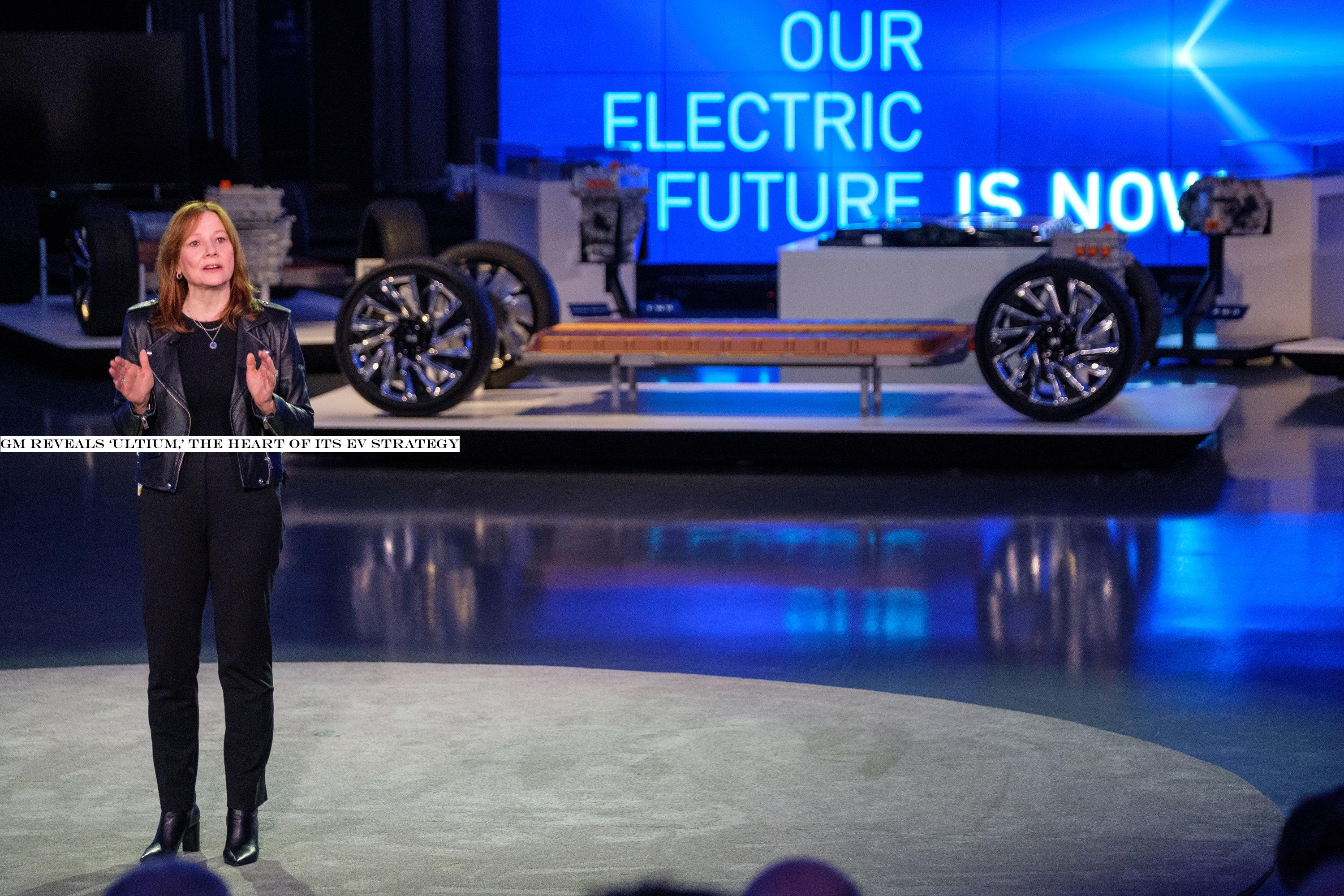INSUBCONTINENT EXCLUSIVE:
GM revealed Wednesday a new electric architecture that will be the foundation of the automaker future EV plans and support a wide range of
products across its brands, including compact cars, work trucks, large premium SUVs, performance vehicles and a new Bolt EUV crossover that
will come to market next summer.
This modular architecture, called &Ultium,& will be capable of 19 different battery and drive unit
configurations, 400-volt and 800-volt packs with storage ranging from 50 kWh to 200 kWh, and front-, rear- and all-wheel drive
configurations.
GM focus on making this EV architecture modular underlines the automaker desire to electrify a wide variety of its business
lines, from the Cruise Origin autonomous taxi and compact Chevrolet Bolt EUV to the GMC HUMMER electric truck and SUV and the
newly-announced Cadillac Lyriq SUV
GM also showed a variety of electric vehicles that had not yet been announced or revealed in public on Wednesday, to show how this
modularity will be exploited further out in their product plan, including a massive Cadillac flagship sedan called Celestiq .
The Celestiq
will be hand-built in the Detroit area, GM President Mark Reuss said, joining a large electric SUV in Cadillac future lineup
A pair of future Buick crossovers showed that brand styling moving in decidedly Tesla -inspired direction, while a mid-sized Chevrolet
crossover hinted at a more affordable option in GM otherwise premium-focused future EV lineup.
Using a single architecture for such a wide
variety of vehicles provides much-needed scale and capital-efficiency to what has been a small-volume and profitability-challenged EV market
GM sees this scale driving reductions in the cost and complexity of its battery packs, eliminating 80% of the pack wiring compared to the
current Chevrolet Bolt and enabling it to drive battery cell costs below the $100/kWh level.
At the heart of the new modular architecture,
will be large-format pouch battery cells manufactured as part of a joint manufacturing venture between LG Chem and GM
The companies announced in December plans to mass produce battery cells for GM electric vehicles at a plant in Lordstown, Ohio.
While the
automaker has used LG Chem as a lithium-ion and electronics supplier for at least a decade, the joint venture marks a shift that aims to
accelerate the automaker ability to win in the electric vehicle space.
GM relationship with LG Chem has produced a new Nickel Cobalt
Manganese Aluminium (NCMA) battery cell, which the automaker says will have the lowest cobalt content of any large-format pouch cell
The flat, rectangular pouch cells allow GM to stack batteries vertically, enabling more packaging flexibility and interior space than the
cylindrical cells favored by Tesla, Rivian and others.
GM and LG Chem will break ground on the new $2.3 billion joint venture plant this
spring, where they will have annual production capacity of 30 gigawatt hours of these cells with room to expand
The two firms said they will work together to eventually drive all cobalt and nickel out of its cell chemistries, develop electrolyte
additives that heal cell degradation and explore solid-state cell options.
The initial wave of electric vehicles from GM will be led by an
updated version of the Chevrolet Bolt later this year, followed by a Bolt EUV crossover next summer that will be the first vehicle outside
of the Cadillac brand to feature the hands-free SuperCruise driver assistance system
GM will reveal two new premium electric SUVs later this year, the GMC HUMMER EV that will begin production in 2021 and the Cadillac Lyriq
which will follow it to market in 2022.
GM new EV architecture enables Level 2 and DC fast charging, with up to 100 miles of range available
in the first 10 minutes of charging
But rather than launching its own in-house fast-charging network, GM is aggregating public charger networks like Chargepoint and EVgo into
its myChevrolet mobile app and enabling in-app payment at EVgo chargers
GM is also partnering with Qmerit to provide accredited home charger installation because 80% of EV customers charge at home, the company

